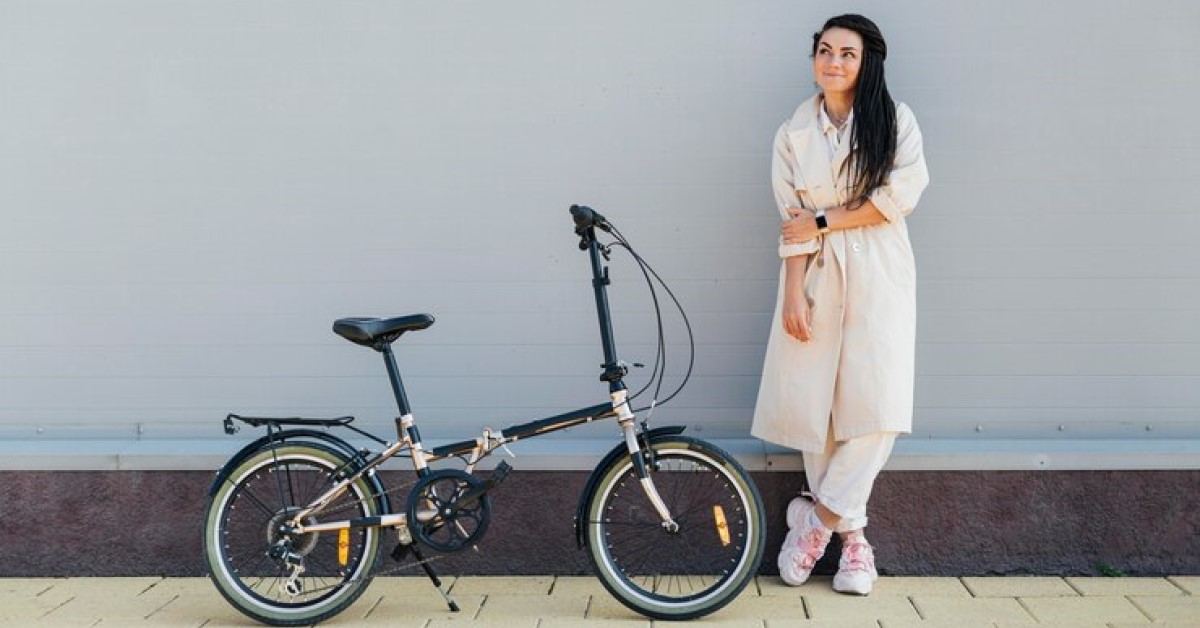Folding bikes have gained immense popularity in recent years, offering convenience and versatility for urban commuters and outdoor enthusiasts alike.
However, one common question that often arises is: Why are folding bikes so expensive? In this article, we’ll delve into the various factors that contribute to the high price tag of folding bikes.
Innovative Engineering and Design
Folding bikes require intricate engineering and design to ensure they remain lightweight, compact, and easy to fold and unfold. This demands extensive research, development, and testing to create a bike that can withstand daily use while still being portable. The incorporation of advanced materials, such as lightweight alloys and carbon fiber, further adds to the cost.
High-Quality Components
The components used in folding bikes, such as gears, brakes, and drivetrains, need to be of top-notch quality to ensure safety and performance.
Premium components often come at a higher price point, contributing to the overall cost of the bike. Additionally, folding bikes may require specialized components due to their unique design, increasing manufacturing expenses.
Customization Options
Many folding bike manufacturers offer customization options, allowing customers to choose specific features, colors, and accessories.
While this enhances the overall riding experience, it can also raise the price significantly, as customized components and finishes are often more expensive to produce.
Labor Costs
The intricate assembly process of folding bikes requires skilled labor, often in countries with higher labor costs. This contributes to the overall expense of manufacturing these bikes.
Skilled craftsmanship is essential to ensure that the folding mechanisms work flawlessly and that each bike meets quality standards.
Research and Development
Folding bike companies invest substantial resources in research and development to create innovative designs and improve the functionality of their products.
These investments are essential for staying competitive in the market and result in higher production costs.
Brand Reputation
Well-established folding bike brands with a strong reputation for quality and performance tend to charge premium prices. Consumers are willing to pay more for the assurance of a reliable product from a trusted manufacturer.
Limited Market
Compared to traditional bicycles, the folding bike market is relatively niche. Lower demand and production quantities can lead to higher costs per unit, as manufacturers don’t benefit from the economies of scale seen in larger bike markets.
Durability and Longevity
Folding bikes are built to withstand the rigors of daily use and folding/unfolding, which requires robust construction and durable materials. These factors contribute to their longevity, but they also add to the overall cost.
Specialized Manufacturing
The manufacturing process for folding bikes often involves specialized machinery and techniques due to their unique design. These specialized processes can be more costly than standard bicycle manufacturing.
Conclusion – Why Are Folding Bikes So Expensive?
In conclusion, the high cost of folding bikes can be attributed to a combination of factors, including innovative engineering, high-quality components, customization options, labor costs, research and development, brand reputation, limited market size, durability, and specialized manufacturing.
While these factors contribute to a significant price tag, many customers find the convenience and versatility of folding bikes well worth the investment, especially for urban commuting and space-saving storage solutions.
Ultimately, the expense reflects the value that folding bikes offer to those seeking a practical and efficient mode of transportation.

